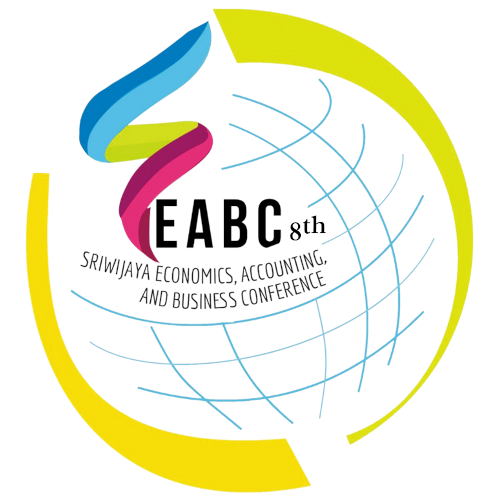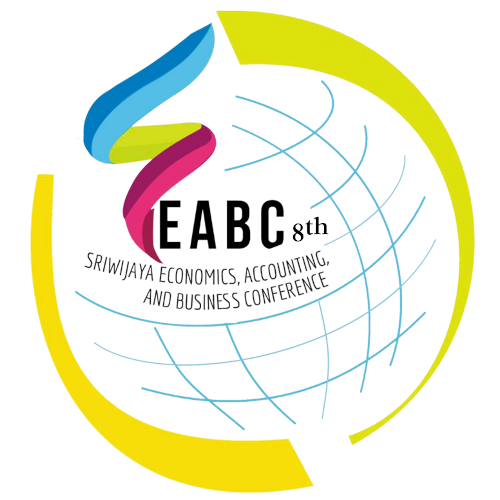Calculating the right selling price is one of the hardest things to get right in any business. Using this method, the selling price for the salmon and rice should be $18.75, the mushroom risotto should be $16.25, and the tomato soup should be $12.50. This will allow you to quickly get a better overview of your costs and make better pricing decisions. Let’s use the example of furniture manufacturers to illustrate the steps to finding a pricing strategy.
ERP vs. WMS: Which one is right for your business?
The selling price, whether of a product or service, is what the customer or client is charged. It’s the price tag on an item you see in a store or the amount you pay when you purchase something online. Beyond just being a number, the selling price is a crucial aspect of the business world. If your business purchases inventory in bulk and sells it, you’ll want your selling price per unit to be higher than what you paid to turn a profit. While that’s not as bad as losing money, it’s certainly not as good as making it. This metric is typically affected by the type of product and its life cycle.
How to Find Selling Price Per Unit
This pricing method aims to retain a preset profit margin across the company’s whole product mix. The Gross Profit Margin Target (or GPMT) is defined as the sales revenue percentage left after subtracting the cost of sales and production. This KPI can be used to find the optimal sales price for all products to maintain a gross margin. It is a good strategy for companies that carry several classes of different products and seek to hold a specific margin across each category or class. The average selling price (or ASP) is a key performance indicator (KPI) that denotes the average price a product was sold at over a period of time.
Competition and customer-based pricing
Target profit or return can be set to a profit in dollars, a margin percentage or a markup percentage. Learning the average selling price can be extremely helpful for new businesses entering the market. Doing average sale price research for competitors can help you understand where you’ll fall in terms of pricing.
What is the selling price?
If an item costs $100 to manufacture, and the most a customer will pay for it is $500 — this is the market limit. This is a pricing strategy that can lead to the highest profit margins. With this formula, you can easily determine the selling price for your products while ensuring you achieve the desired profit margin on each sale. You can easily find out a business’s pricing strategy by looking at some of their sales data and calculating the average sale price. Not only will you know the average sale price, but you can also compare the average sale price and amount of products sold for each year.
Depending on the type of business you own and the offerings you sell, you might prioritize one of these factors over the others. The average selling price can act as a summary of these factors to help you determine the price you should assign your product. In this short guide, you’ll gain a better understanding of the average selling price and how to calculate it for your business.
- Based on the ASP, increasing your prices can give your company the appearance of premium products; however, this higher cost can lead to fewer sales.
- This pricing calculation relies on a couple of critical points for sales.
- For example, if your business has a high-demand brand image, there’s a possibility that you’ll be able to sell your product for a higher price.
- A markup is the percentage increase in price between the selling price and the cost of an item’s production.
- After a few minutes of browsing, Maria comes across a rack of dresses that suit her style.
Business executives and investors pay close attention to the average selling price because it is a reliable indicator of a company’s financial performance. In most cases, the higher the average selling price of a product, the better. But in some cases, like start-ups or businesses making a come-back, a low average selling price can be a smart, short-term strategy to penetrate the market. I’m sure you’ll find this selling price calculator useful for your business regardless of which pricing strategy you use. If you sell a luxury product, you can look at the average selling price of luxury brands in your industry. This is a great way to determine the selling price for products in a new company.
While multiple factors could be at play, ASP will ultimately help you decide if you need to work on a strategy for the product or remove it from your catalog. A sale price is the pride an item is sold at minus https://www.kelleysbookkeeping.com/ any discounts. Sale prices may be calculated with a percentage off or dollar amount off. In some instance, sale prices may need to be calculated based off special promotions, such as “buy-one-get-one” events.
Utilizing a Customer Relationship Management (CRM) tool can be instrumental in both competition and customer-based pricing. A CRM system allows for gathering and managing customer data, their buying trends, and preferences by tracking customer interactions. This valuable information can inform future pricing decisions, enabling you to align your prices with what your customers https://www.kelleysbookkeeping.com/deferred-revenue/ value most. In order to be at par with the competition in business and to increase the sale of goods, shopkeepers offer some rebates to customers. It should be noted that there are two more terms related to this concept – the marked price (list price), and discount. After the discount is applied to the Marked price, it is sold at a reduced price known as the selling price.
In some cases, discounts are given as a dollar amount and don’t need to be calculated. Maria is shopping for a new dress and wants to keep her total under $100. After a few minutes of browsing, Maria comes across a rack of dresses that suit her style. However, a quick glance at the price tags indicates that all the dresses are above Maria’s budget. Feeling discouraged, Maria turns to leave when a store clerk stops her.
Determine the best pricing strategy for your business with this free calculator and template. Now you can see how easy it is to change the formula to align with the needs of your specific business plan and products. We will learn a way that, once you practice, you could do in your head if you were at the store with no calculator. At a markup of 20% and a cost of $3.15 per piece, Tiffany’s gross margin is 16.7%. Now you know why finding the right pricing strategy for your business is so important. Planned profit pricing combines your cost per unit with the projected output for your business.
Once you calculate this metric, your company can use this information to set itself apart as a luxury or value retailer. Based on the ASP, increasing your prices can give your company the appearance of premium products; however, this higher cost can lead to fewer sales. Alternatively, if you set your cost below the ASP, your company might sell more but deal with smaller profit margins.
However, many products are so sought after that consumers are willing to bear the burden of higher prices. This pricing model has the same logic as cost-plus pricing but also takes into account variable costs, i.e. cost changes relative to the manufacturing volume. It might be that producing more units in product costs versus period costs a production run is more effective than producing few, or maybe a supplier offers better prices when components are purchased in bulk. Put simply, different circumstances demand different pricing strategies to reach profit targets. Let’s delve deeper into the different methods and look at some examples.
In other words, this is the price that your customers pay for a product. The average selling price can often change based on factors such as the product’s life cycle and the product type. Before setting prices, it’s crucial to have a deep understanding of your costs. This includes not only the direct costs of production but also indirect costs such as overhead, marketing, and distribution expenses.


